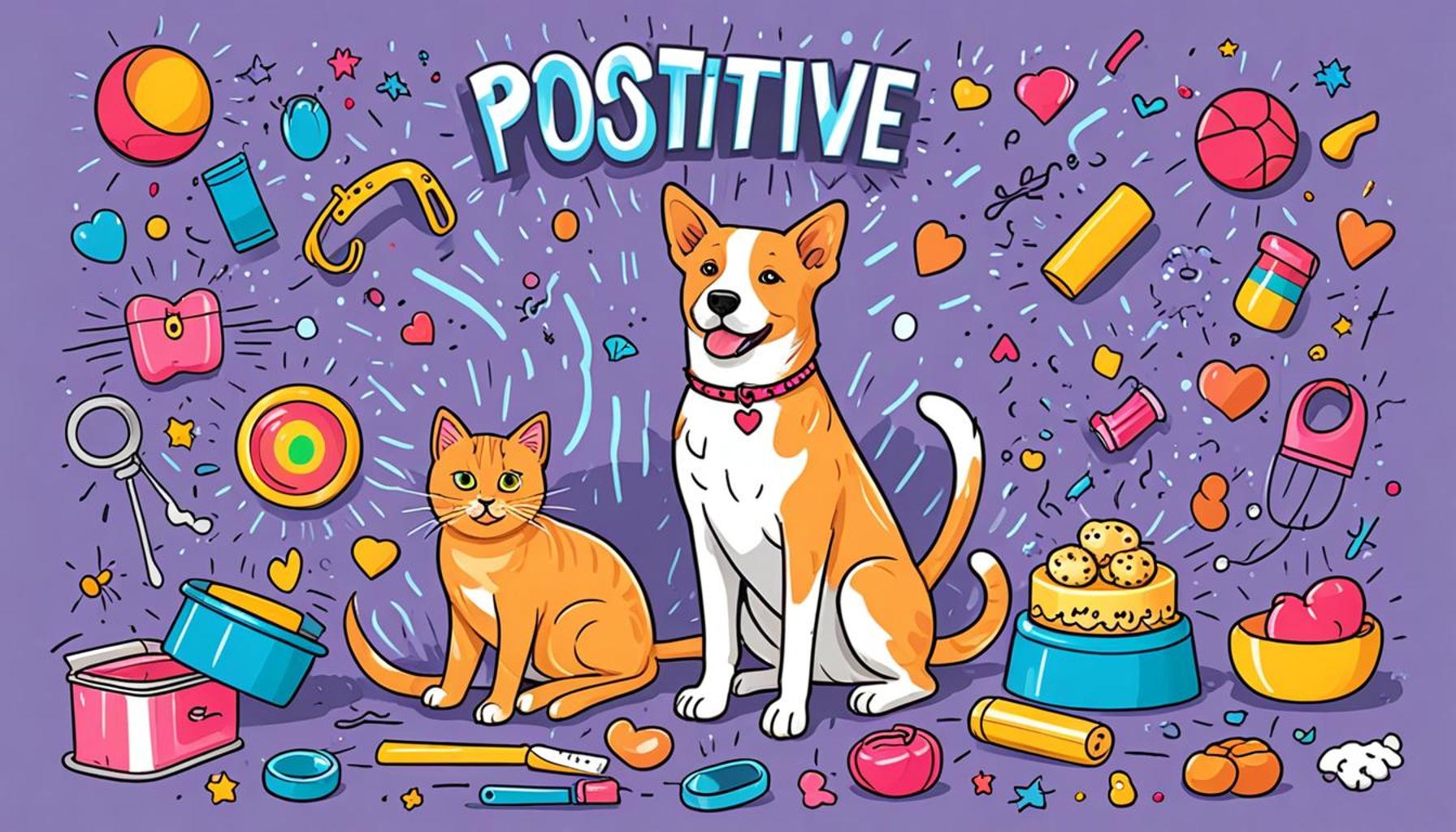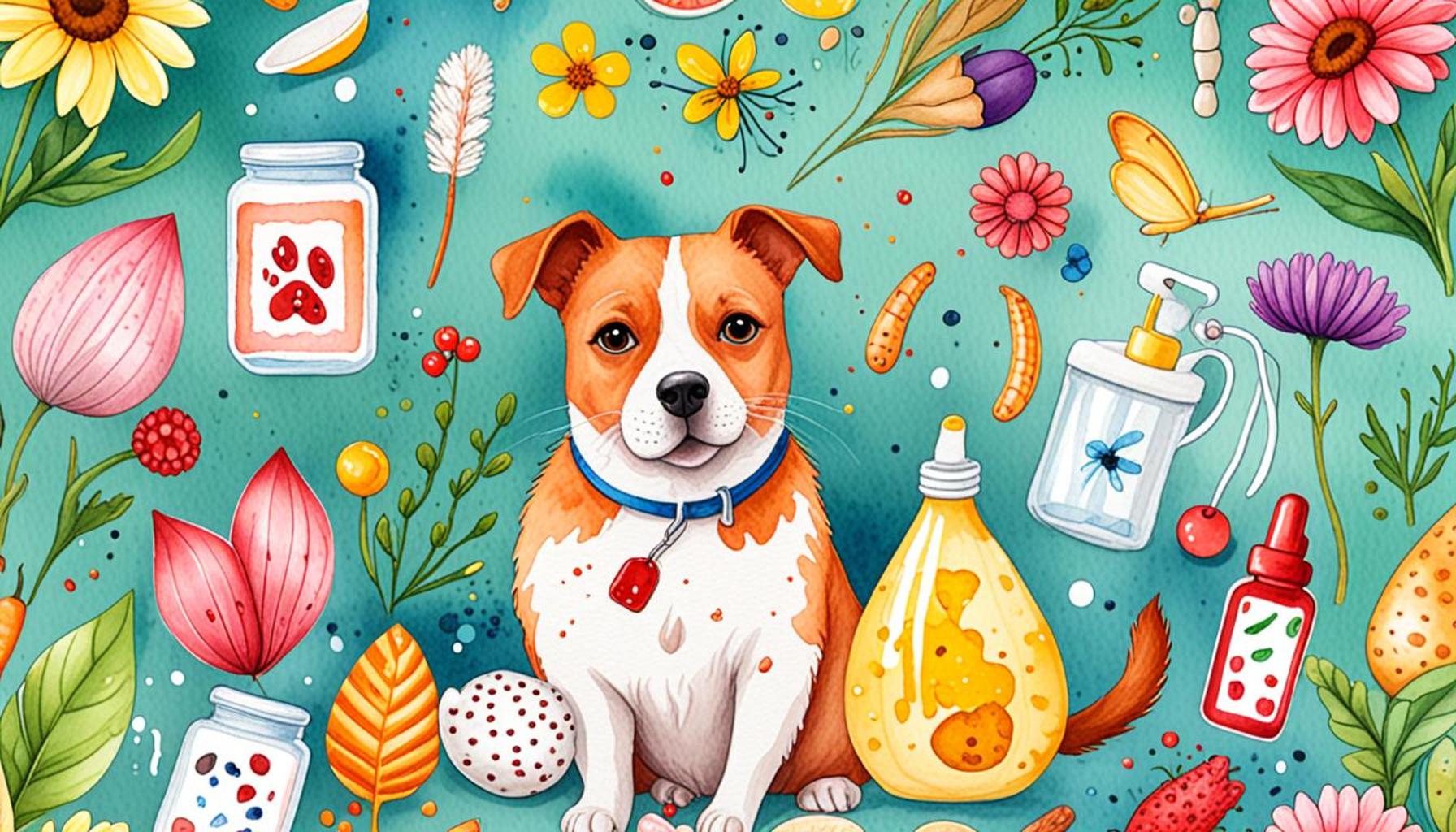How to Choose the Right Toy for Every Type of Pet

Factors to Consider When Choosing Pet Toys
Finding the ideal toy can be a delightful yet challenging experience for pet owners. With an endless array of toys available—from plush stuffed animals to durable rubber chews—it’s essential to recognize how each toy will cater to the specific interests and behaviors of your pet. Understanding these unique needs is the first step towards making an informed choice.
Pet Type
Each type of pet has vastly different needs, so it’s crucial to choose toys that are suitable for their species. For example, dogs often enjoy toys they can chew and fetch, like tennis balls or sturdy tug ropes. In contrast, cats are typically drawn to toys that mimic prey, such as feathers or small electronic mice. Rabbits benefit from chew-friendly toys made from untreated wood or hay, while birds might love swings and mirrors to stimulate their intelligence. Even reptiles can enjoy toys designed for climbing or hiding to promote a healthy environment.
Size & Safety
The size of the toy is critical to ensure that it doesn’t pose a choking hazard. A toy that is too small can be swallowed easily, while one that is too large may frustrate your pet. Moreover, safety is paramount. Always opt for toys made from non-toxic materials, free from harmful chemicals. For example, many brands now offer eco-friendly toys made from recycled materials or natural fibers, which can be a safer choice for your furry friends.
Activity Level
It’s important to consider your pet’s energy level when selecting toys. A high-energy dog may thrive with a rugged chew toy or a frisbee that they can chase, promoting physical activity and coordination. Alternatively, a more relaxed cat could appreciate a soft, crinkly toy to bat around or plush mice. Monitoring your pet’s activity level and adjusting their toys accordingly can foster a more engaging playtime.
Transforming Playtime Into a Learning Experience
Choosing the right toys can significantly enhance your pet’s playtime experience. Engaging toys stimulate mental faculties and provide the physical exercise pets need to stay healthy. For instance, puzzle toys that dispense treats can motivate a dog to think and solve problems, enhancing their cognitive skills.

Moreover, understanding your pet’s personality can deepen the bond you have with them. A playful pet might delight in interactive toys that involve human participation, increasing opportunities for shared fun. On the other hand, a shy or reserved pet may prefer solo play with toys they can explore on their own. By observing your pet’s preferences, you can tailor their toy selection to what will truly resonate with them.
Ultimately, the selection of your pet’s toys should not only focus on providing amusement but also consider their mental stimulation and safety needs. A well-chosen toy is more than just an object—it is a tool for building relationships and enhancing the well-being of your beloved companions.
LEARN MORE: Click here for essential pet adoption tips
Understanding Your Pet’s Preferences
Choosing the right toy for your pet is not just about picking something off the shelf that looks colorful or fun. It requires a thoughtful understanding of your pet’s unique preferences and instincts. Every species has its natural behaviors that can be nurtured through appropriate toys. For example, dogs are known to have a strong chewing instinct and a love for chase, making toys like rope pulls or balls a popular choice. Alternatively, cats, being natural hunters, are often captivated by toys that mimic the movements of prey—feathers, laser pointers, and tiny balls can ignite their stalk-and-pounce instincts.
Understanding Play Behavior
To choose the right toy, it’s also beneficial to observe how your pet plays. Are they high-energy and love to interact, or do they prefer quiet, solitary play? Recognizing these behaviors will assist you in curating a toy selection that aligns with your pet’s personality. Consider the following categories:
- Interactive Toys: Ideal for energetic pets that enjoy teamwork, these toys typically involve human participation. Examples include tug ropes or treat-dispensing puzzles.
- Solitary Toys: Perfect for the introverts among pets, these toys allow independent play. Think of plush toys for cats or chew toys for dogs that they can enjoy alone.
- Chew Toys: These are essential for pets like dogs and rabbits, who need to satisfy their instinct to chew. Choosing durable rubber or wood materials can ensure long-lasting fun.
- Engaging Toys: Stimulating toys such as feather wands or laser pointers can pique the interest of your cat and keep them physically active.
Monitor Their Reaction
After selecting a few toys, take time to engage with your pet and observe their reactions. Do they seem excited and interested, or do they lose interest quickly? This feedback can guide your future toy selections. Furthermore, rotating their toys regularly can help maintain their excitement and engagement. Just as humans enjoy variety, so do our pets!
The Role of Age and Development
Don’t forget to consider your pet’s age. Puppies and kittens typically require softer toys that are easy on their teething gums, while older pets may benefit from toys that promote mental stimulation to keep their minds sharp. For mature pets, look for toys that encourage gentle play while still stimulating their senses and motor skills.
In summary, selecting the right toy for your pet can enhance not only their happiness but also their well-being. By taking into account their natural behaviors, age, and play preferences, you can create an enriching play environment that supports their physical and mental health. Exploring the vast world of pet toys will undoubtedly uncover gems that cater perfectly to your beloved animal companions.
Understanding the Needs of Different Pets
When selecting toys for your pets, it’s crucial to consider their unique behaviors and preferences. Here are some tips to navigate the toy selection process based on pet type:
Dogs
Dogs are active and playful, requiring toys that stimulate both their physical and mental faculties. Chew toys and interactive puzzles are excellent choices. The right toy helps reduce anxiety and prevent destructive behavior when you’re not around. Moreover, toys that can withstand tough chewers ensure that investments last longer, promoting safety and engagement.
Cats
Cats are naturally curious and agile. They enjoy toys that mimic prey—think feather wands and laser pointers. Such toys encourage exercise and hunting instincts, contributing to overall mental and physical health. Interactive toys that dispense treats can keep cats engaged and can even help with weight management by providing an enjoyable way to obtain food.
Small Pets (Rabbits, Guinea Pigs, etc.)
For small mammals, the right toys can enrich their habitat and promote exploration. Chew toys made from safe wood help maintain dental health. Tunnels and hammocks provide hiding spots where these pets can feel secure, encouraging natural behaviors such as burrowing and exploring.
Birds
Birds require stimulating environments to thrive. Toys that encourage foraging and problem-solving, like puzzles or toys with bells, can keep them entertained and mentally sharp. Rotate toys regularly to prevent boredom and provide new challenges.
Reptiles
Although reptiles have different needs compared to other pets, enrichment remains vital. Climbing branches, hiding spots, and even safe, textured toys can encourage exploration and physical activity, essential for their well-being.
Conclusion
Understanding your pet’s unique needs and behaviors is fundamental in selecting the appropriate toys. Step away from a one-size-fits-all approach, and explore the rich variety of options according to what suits your pet best.
| Category | Description |
|---|---|
| Physical Play Toys | Encourages movement, reduces obesity risk. |
| Mental Stimulation Toys | Engages pet’s brain, reduces boredom. |
| Chew Toys | Promotes dental health, satisfies natural chewing instincts. |
| Interactive Toys | Fosters bonding between pet and owner, enhances the play experience. |
DON’T MISS: Click here to learn about vital pet vaccinations
Safety and Durability Considerations
When delving into the realm of pet toys, one cannot overlook the crucial aspects of safety and durability. Pets experience the world through their mouths, and this natural curiosity means that the toys you select should be free of harmful substances and toxins. Always look for toys that comply with safety standards, particularly those indicated with ASTM (American Society for Testing and Materials) seals or similar certifications. These labels signify that the toy has been rigorously tested to ensure it is safe for your furry friends.
Material Matters
Different pets have different chewing habits, and the materials used in toys can make a world of difference. For dogs, toys made from hard rubber, nylon, or even wood are excellent due to their strong resilience against chewing. Conversely, softer fabric or rubber toys may be more suitable for puppies who are teething. When it comes to cats, consider plush toys that are machine washable, as these can withstand rough play while remaining hygienic.
While considering the material, take note of any potential choking hazards. Toys with small parts can be incredibly dangerous for dogs and cats alike. Always inspect new toys for small components or seams that could be pulled apart or chewed off. Regularly monitoring the condition of your pet’s toys is equally as important; a worn or damaged toy should be replaced immediately to prevent ingestion and potential health risks.
Size Matters
Selecting a toy that is appropriate for your pet’s size and breed is critical. A toy that is too small can pose choking risks, while one that is excessively large may not engage a smaller pet effectively. For instance, a large tennis ball would be better suited for a larger breed dog, while toy breeds might be best matched with small plush figures. In the case of cats, consider toys that they can easily bat around and carry in their mouths, ensuring they are not too heavy or cumbersome.
Engagement vs. Longevity
While it is tempting to choose toys that can withstand rough play for extended periods, it is vital to balance durability with engagement. Pets can become bored with toys that are either too simplistic or too challenging. Look for options that stimulate their interest, such as interactive toys that dispense treats or puzzle toys that require problem-solving skills. These types of toys not only keep pets entertained but also nurture their instincts and cognitive abilities.
With the plethora of options available online and in-store, the task of selecting the right toy can be overwhelming. But keeping an eye on factors such as safety, durability, size, and engagement can lead you to make informed choices that enrich your pet’s playtime and support their overall development. By investing in quality toys, you are not just providing entertainment but fostering a healthy, active lifestyle that can lead to a long, happy life for your pet.
DISCOVER MORE: Click here to learn about balanced nutrition
Final Thoughts on Choosing the Right Pet Toy
In the complex and vibrant world of pet care, selecting the right toy is essential for ensuring your pet’s happiness and well-being. By considering the unique needs of your pet—be it a dog or a cat—and evaluating their size, chewing habits, and play behaviors, you can create a stimulating environment that fosters both physical activity and mental engagement. Remember, a toy serves more than just a source of entertainment; it can be an important tool for learning, socialization, and emotional satisfaction.
Understanding the significance of material safety and durability ensures that your chosen toys are not only fun but also safe for your beloved companions. Opting for toys with certifications and avoiding those with small, removable parts can mitigate potential hazards, making playtime both enjoyable and risk-free. Additionally, balancing between engaging toys that captivate your pet’s interest and those that provide durable value will enhance their play experience, leading to a healthier, happier lifestyle.
Ultimately, the journey of selecting the right toys should be an adventure of discovery. Explore various options, from interactive puzzles to plush comforts, and observe how your pet interacts with them. As you invest time and thought into this decision, you unveil opportunities for play that enrich your pet’s life. Choosing wisely today means fostering a bond that will keep tails wagging and purrs resonating for years to come. So go forth, embark on that exciting quest for the perfect toy, and witness the joy it brings to your cherished companion!


